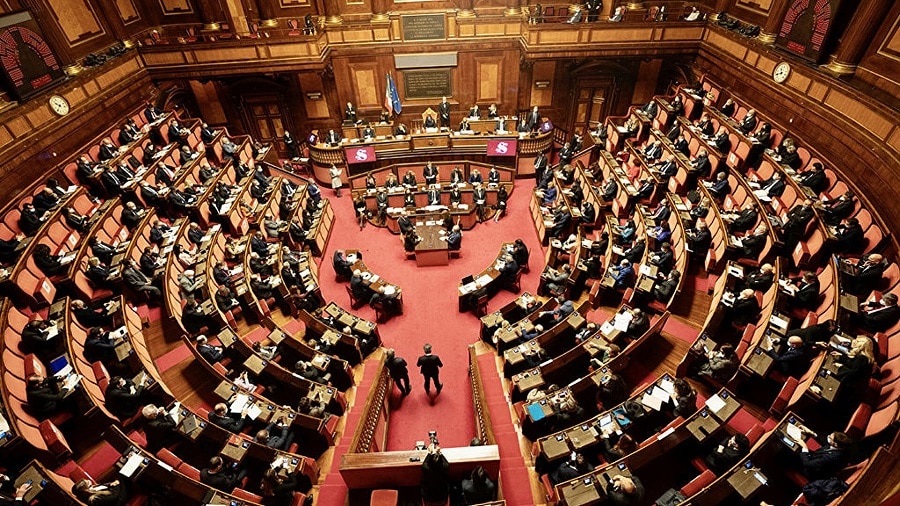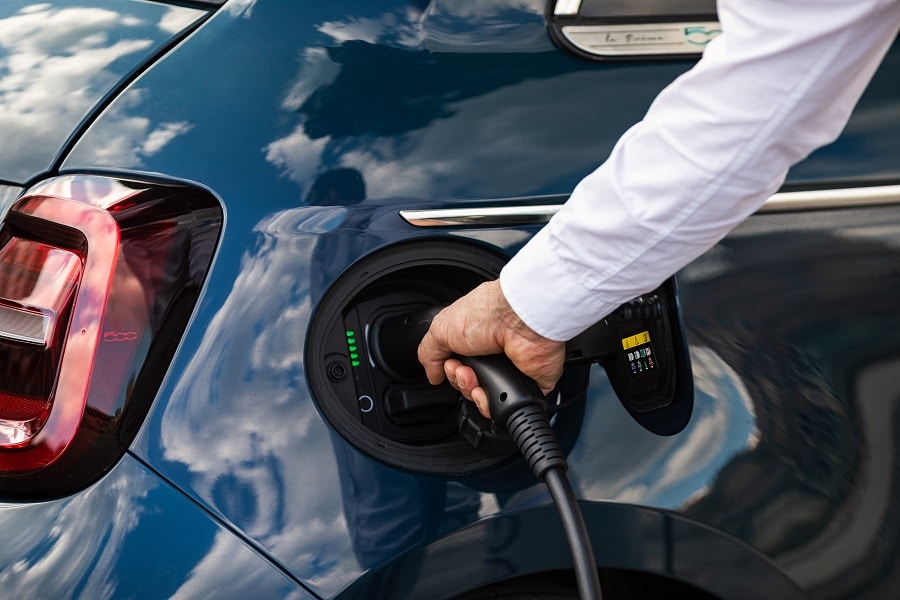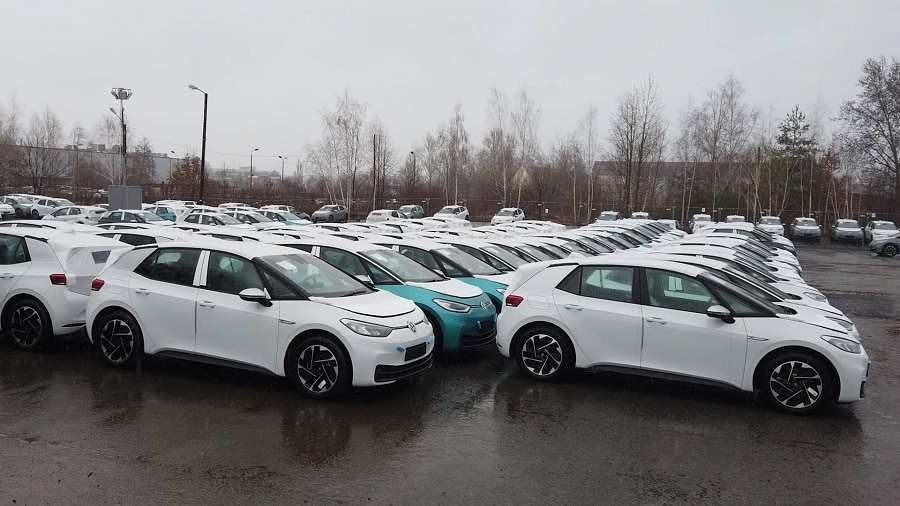Although it has been in the air for several weeks now, the news that leaks from this post-Christmas Monday is one that leaves you amazed. There will be no car incentives in 2022. No concessions, therefore, for the purchase of thermal, hybrid or electric cars. From the Budget Law, approved in the Senate this morning, the big absentees are precisely the incentives for the purchase of cleaner cars. What does this mean for the market and for consumers? What will happen now?
No car incentives in 2022: disappeared from the Budget Law
In recent weeks, there was already a certain among the insiders pessimism concerning the incentives for low environmental impact cars for 2022. With the approach of the last week of the year, during which we usually go to put in place the economic measures for the coming year, the certainty of seeing a substantial contribution to the purchase of electric, hybrid or generally low-polluting cars has increasingly become a hope. During the month of December, hope faded more and more.
The requests from parliamentarians and industry associations were not enough to take a clear position and encourage the transition to sustainable mobility. Associations such as UNRAE (National Union Representative of Foreign Motor Vehicles), ANFIA (National Association of the Automotive Industry Sector) e MOTUS, the association that unites the supply chain, industries and intellectuals in support of the electric car, have spent these months in proclamations and warnings. Authoritative words and opinions which, however, have not been listened to. Although a few days ago the government almost formalized the plan for eliminate the sale of thermal cars in 2035, 13 years after that goal, Italy makes a huge success step back. This morning it was approved the 2022 Budget Law. For those who do not know, this is the official document that regulates and puts in line all the economic measures that the Italian State will implement for the economic development (and not only) of the country.

In the midst of the dozens of measures, however, a reference to incentives for the purchase of low environmental impact vehicles is completely absent. A true nonsense, seeing the commitment with which Italy has taken steps to follow the European guidelines for the ban on the sale of thermal cars by 2035. A paradox also seeing the average age of our fleet, which is increasingly old and polluting. Despite the claims to a cleaner car park, though, the only real punctual measure against pollution remain the increasingly numerous traffic blocks. In addition, these are now also found in small provincial towns and also include diesel vehicles up to Euro 5, accused of being “too polluting”.
And now? What will happen without car incentives in 2022
Despite all this, however, for now Italy remains dry of incentives for thecar in 2022. After the passage to the Senate, in fact, the document will have to pass to the House for official approval. As is well known, however, in this passage the Budget Law will remain unchanged, and usually this passage is little more than a formality. The question that arises now is simple. What will happen in 2022 without car incentives?
The question is legitimate and very important, especially in this historical moment. Indeed, this stop to incentives comes at what is perhaps the toughest time for the auto market. In fact, in recent months, sales of new cars have set negative records, with numbers even worse than the already bad 2020. Compared to 2020, between January and November 2021 the market rose by 8.6%, it is true, but remember that between January and May 2020 the sales numbers were almost nil. The comparison with the same period of the 2019, the last pre-Covid year, is merciless: -31.4%, almost 400,000 new cars lost. Ma what are the reasons that led to this decline?

Among the reasons we cannot fail to mention the production on its knees for the semiconductor crisis, which takes production and delivery times to expand to several months, luncertainty about the power supplies to buy that confuses customers. Finally, it was obviously striking the health emergency which limits monthly income for many. A chronic crisis, which, however, had only one positive trend within it: that of hybrid and electric cars. In fact, in 2021, thanks also and above all to state incentives, electric and plug-in hybrid cars achieved a market share of 9.4%. Thousands of Italians have been convinced by state incentives to switch to electric or plug-in hybrid cars, thanks also (and above all) to the incentives, which also cut the price by 10,000 euros.
A fundamental measure for their diffusion, given the higher purchase price of a hybrid or electric car. To date, in fact, electric or plug-in hybrid cars they cost, on average, over 10,000 euros more than equivalent thermal cars. Faced with this positive trend, however, the last thing the auto market needed was a lack of aid. In this way, the automotive world and its supply chain are even more on their knees, and the positive trend seen at the beginning of the year could even disappear. ANFIA and Motus-e predict that, from the 9.4% obtained in 2021, 2022 could bring the market share of hybrids and electric cars below 5%. It would mean returning to the diffusion levels of two years ago, when electric was little more than a market niche. Still, this is what is happening.

However, nothing prevents the Government from launching “Stop & Go” incentives in the coming months, such as those seen in 2021. But as we have also seen, this type of incentive is very unstable, and very short-lived. Just remember how, ad October this year, have been allocated 100 million euros for electric and plug-in hybrid cars. Opened on October 27, October 29, two days later, they were already sold out. From this we understand how this type of incentives cannot be a real driving force for a fundamental market like that of the car. Indeed, this type of Stop & Go incentives paradoxically have an adverse effect on the market. Why, in fact, to buy an electric car at full price, and salty, when incentives could arrive in an undefined future that lead the same car to cost even 10, 15 thousand euros less?
Could incentives for low-emission cars arrive in 2022?
This decision, as commented by the many protests from professionals and associations in the sector, is sensationally against the request for acceleration towards the ecological transition requested of the sector and the country by the government itself. For example, ANFIA and other industry associations define the absence of incentives as “incomprehensible”. Again according to ANFIA, the absence of incentives should cost the market about 161,000 electric cars less in 2022. This choice, ironically, comes just when an Italian electric car, and produced in Italy, like the FIAT 500E, began to convince and take hold throughout Europe.
So is it all over for auto incentives in 2022? Ni. Although the hope of having full-bodied and well-structured incentives that can last all year has in fact vanished, now we can do nothing but wait, to understand what the Government will want to do now. But what could it actually do? The only hope is the one that wants the arrival of one ad hoc measure with funds allocated for the year already started, as seen in 2021. Otherwise, if this provision is also missing, 2022 will really lack incentives for the purchase of low environmental impact cars. And, in that case, we will only see the consequences in the coming months and years. Judging from what the associations in the sector say, however, the consequences this time could really be severe.
















Leave a Reply
View Comments